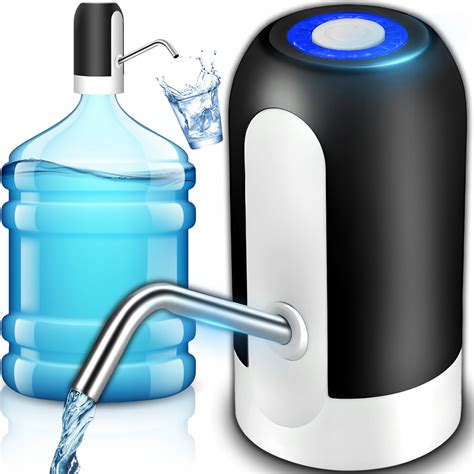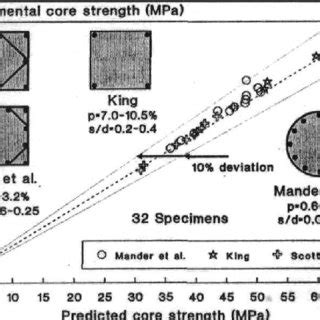Optimize workout intensity for consistent gains with limited time?

Maximizing Your Training Impact When Time is Limited
In a world where schedules are packed and demands are high, the aspiration for consistent fitness gains often clashes with the reality of limited time. Many believe that more time in the gym equates to better results, but the truth is, optimizing workout intensity can be a far more potent driver of progress, allowing you to achieve remarkable transformations in less time.
The key isn’t to simply rush through your exercises or lift recklessly heavy. It’s about strategically structuring your training to make every minute count, ensuring that your effort truly stimulates growth and adaptation. This article will guide you through the principles and practical techniques to optimize your workout intensity for consistent gains, even with a demanding schedule.

Understanding True Intensity: Beyond Just Heavy Weights
Intensity in a workout doesn’t solely refer to the amount of weight lifted. While progressive overload (gradually increasing resistance, reps, or sets) is fundamental, intensity also encompasses the effort exerted relative to your maximum capacity. This is where concepts like Rate of Perceived Exertion (RPE) and Reps In Reserve (RIR) become invaluable tools.
- Rate of Perceived Exertion (RPE): A scale from 1 (no effort) to 10 (maximal effort, couldn’t do another rep). Aiming for an RPE of 7-9 for your working sets ensures you’re pushing close to your limits without overtraining.
- Reps In Reserve (RIR): This is the number of additional repetitions you could have performed before reaching muscular failure. Targeting 1-3 RIR for most sets ensures high intensity and effective muscle stimulation.
By focusing on RPE and RIR, you ensure that even if you have less time, the quality of your sets remains high, signaling to your body that it needs to adapt and grow.

Core Strategies for Time-Efficient Intensity
1. Prioritize Compound Movements
Compound exercises, which involve multiple joints and muscle groups (e.g., squats, deadlifts, bench press, overhead press, rows), are the cornerstone of any efficient workout. They elicit a greater hormonal response, burn more calories, and build more overall strength and muscle than isolation exercises. Focus the majority of your workout time on these foundational movements.
2. Master Progressive Overload
Regardless of time constraints, the principle of progressive overload must be non-negotiable. To continue making gains, you must consistently challenge your body in new ways. This could mean:
- Increasing the weight lifted.
- Performing more repetitions with the same weight.
- Completing more sets.
- Reducing rest times between sets.
- Improving form and control.
Even small, incremental improvements accumulate significantly over time.

3. Employ Density Training Techniques
To pack more work into less time, consider techniques that increase work density:
- Supersets: Performing two exercises back-to-back with minimal rest in between (e.g., chest press immediately followed by a row). You can alternate between antagonistic muscle groups or target the same muscle group for enhanced fatigue.
- Drop Sets: After completing a set to near failure, immediately reduce the weight and continue for more reps until failure. This extends the set and increases muscle stimulus.
- Rest-Pause Training: Completing a set to near failure, resting for a very short period (10-20 seconds), and then performing a few more reps with the same weight.
These methods significantly elevate heart rate, improve cardiovascular fitness, and create a powerful metabolic stress for muscle growth.

Practical Application: Structuring Your Limited Time Workouts
For those with limited time (e.g., 30-45 minutes, 2-3 times a week), a full-body approach is often the most effective. Each session can hit all major muscle groups with a focus on 4-6 compound exercises.
- Warm-up (5-10 minutes): Dynamic stretches and light cardio to prepare the body.
- Working Sets (20-30 minutes): 2-3 sets of 4-6 compound exercises, using supersets or short rest periods. Focus on reaching RPE 7-9 or 1-3 RIR.
- Cool-down (5 minutes): Static stretches to aid recovery and flexibility.
Remember that nutrition, hydration, and adequate sleep are also critical components of recovery and growth. Optimizing these outside the gym will further amplify the results of your intense, time-efficient workouts.

Conclusion: Quality Over Quantity Reigns Supreme
Achieving consistent gains doesn’t require endless hours in the gym. By understanding the true meaning of intensity, prioritizing compound movements, consistently applying progressive overload, and smartly utilizing density techniques like supersets, you can build a highly effective workout regimen that respects your limited time. Focus on making every rep count, listen to your body, and commit to consistent, high-quality effort. Your body will reward your smart work with impressive and sustainable progress.








